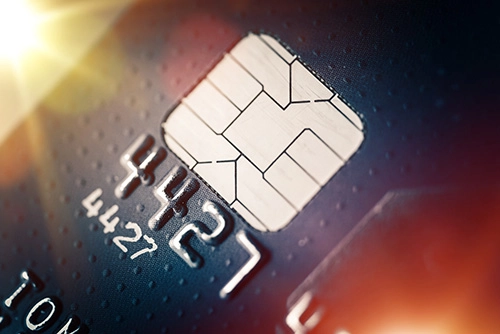Integrated Credit Card Processing: Everything You Wanted to Know – and a Few Things You Didn’t Know You Wanted to Know!

Commercial card use in the US has risen dramatically in recent years, accounting for more than $500 billion in 2018—up nearly 10% over the previous year. Likely your business is already accepting credit cards, but is it possible that you’re not yet handling the process in the most efficient, secure and cost-effective way possible? If you’re looking for an easier way to manage credit card transactions within Sage 100cloud and Sage 500, we’ve got you covered. Remember Sage Payment Solutions? Sage spun off its payment-processing solution a couple of years ago, and it has been relaunched as Paya. Here’s everything you wanted to know (along with a few more details) about Paya and integrated credit card processing.
Works with your ERP—and without
Paya is tightly integrated with both Sage 100cloud and Sage 500 (as well as several other ERP systems), bringing credit card validation (along with ACH debit/credit processing) directly into your workflow. In addition, if you want to continue processing credit cards outside of Sage—on your website perhaps—you can still use Paya, providing a consistent, simple and secure corporate-wide solution.
Click to pay is coming your way
Sage has announced that eInvoicing will be included in the March 2020 release of Sage 100cloud. What will this mean for your business? As you email your invoices to clients, they’ll see a friendly “click to pay” button, linking them to a secure portal where they can log in and pay your invoices. It’s not only convenient for your clients, it’s convenient for you as the payment is automatically recorded in Sage 100cloud. Paya is the payment processor powering the back end of this new seamless process.
Safe and secure
Credit card security is vitally important to us all. Paya incorporates highly robust security features, including utilizing an advanced fraud protection database, integration of EMV (the chip!), PCI-compliancy and Level 3 data enrichment.
Level what?
You may have heard about “data levels” or “data rates” with regard to credit card processing, but what do they mean? Credit card transactions can fall into three different data levels: Level 1, Level 2, and Level 3. Each level requires a certain amount of information to qualify transactions, and the higher the level, the more details required. Higher data levels have lower interchange rates, as they are deemed by processors to represent the lowest risk. To qualify for Level 3, transactions must include data like the item code, quantity, price—and even the freight or duty amounts. Without boring you with too many more details, rest assured that Paya supports Level 3, the most secure data level, qualifying you for the lowest available rates.
All that and it costs less
We’ve found that Paya will almost always beat the credit card fees charges by other companies. They even offer a free analysis so you can determine if your organization will save with the switch.
There’s lots more to learn about credit card processing in general, and Paya in particular. We invite you to view this recorded webinar, or contact a member of our expert team to better understand the benefits integrated credit card processing brings to your organization.




